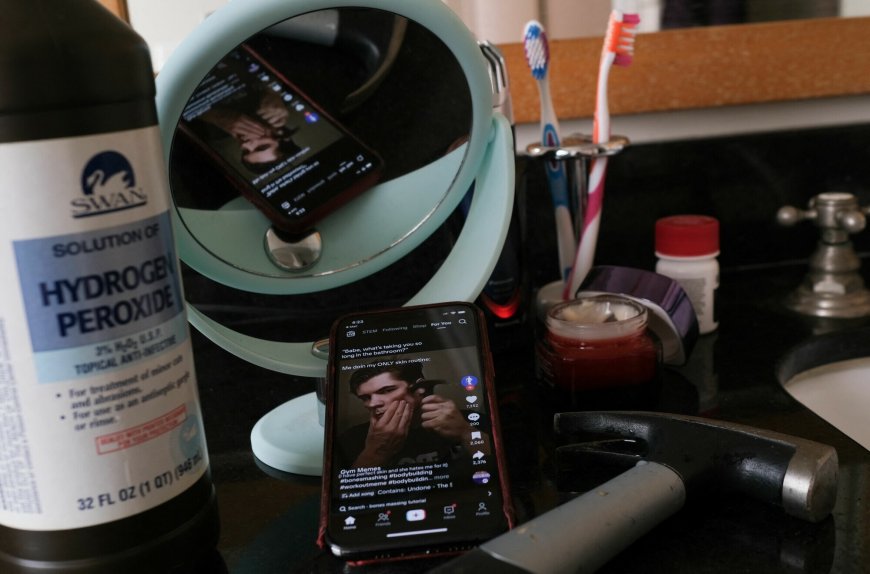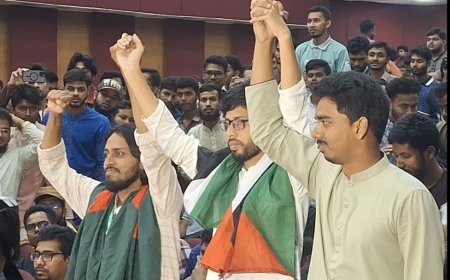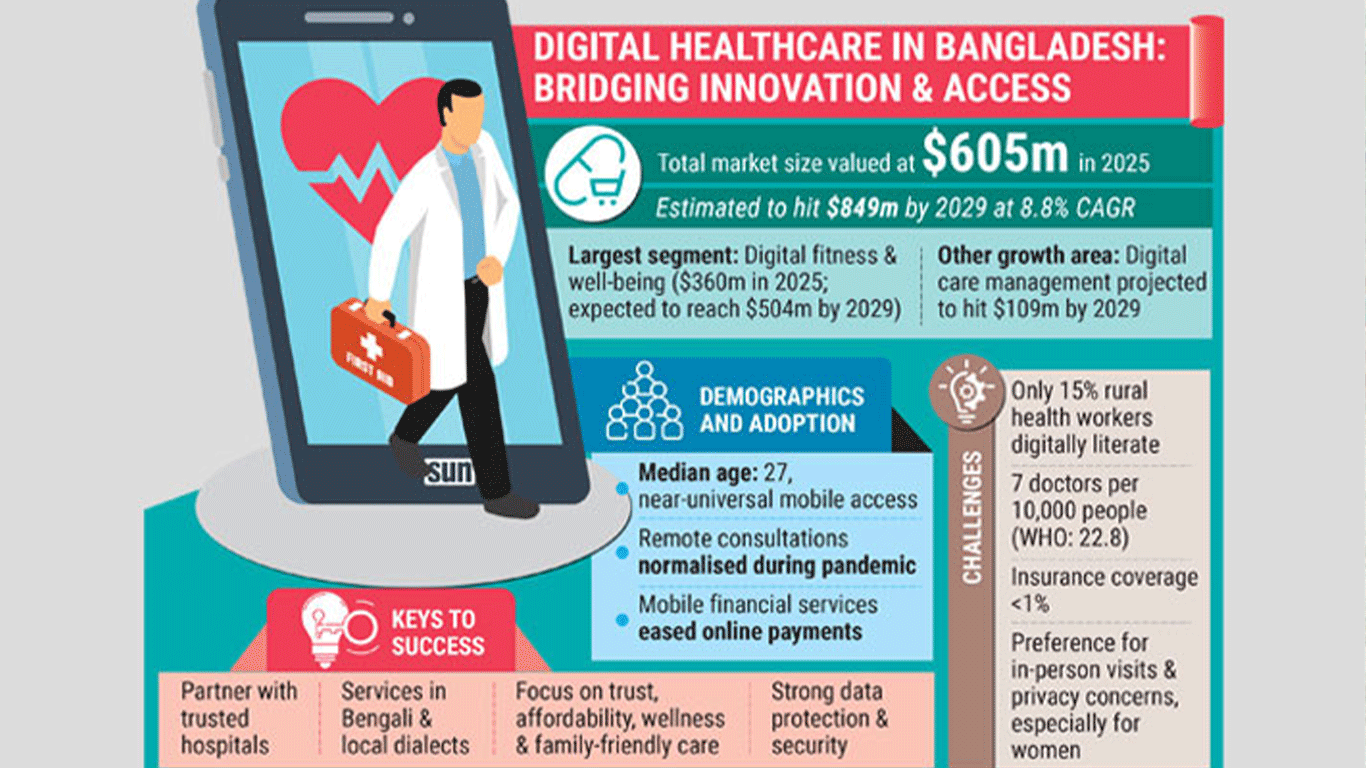'Toxic Beauty' Trend: The Rise of 'Looksmaxxing' Influencers
'Toxic Beauty' Trend: The Rise of 'Looksmaxxing' Influencers 'Toxic Beauty' Trend: The Rise of 'Looksmaxxing' Influencers

The Dark Side of the Mirror: The Rise of 'Looksmaxxing' Influencers
Obsession with Perfection
In a startling example of extreme self-modification, a male TikTok influencer is seen striking his cheekbones with a hammer—an act he claims is part of his "skincare routine." This bizarre trend is part of a growing online movement known as "looksmaxxing," where young men pursue unproven, often hazardous techniques to enhance their physical appearance and perceived sexual appeal.
A Digital Subculture Feeding on Insecurity
Looksmaxxing influencers have become central figures in the broader "manosphere"—an online ecosystem that often blends self-improvement advice with deeply misogynistic ideologies. Across platforms like TikTok, Instagram, and YouTube, these creators peddle pseudoscientific methods to sculpt the perfect face: from exaggerated jawlines and pouty lips to so-called "hunter eyes" and chin enhancements.
Many monetize their content by endorsing products—skin treatments, supplements, pheromone colognes, and more—while pushing extreme procedures like plastic surgery, steroid use, and even leg-lengthening operations.
DIY Beauty Meets Dangerous Practices
While the global beauty industry profits from consumers—especially women—purchasing products and treatments, looksmaxxing takes a more brutal DIY approach. Viral videos show young men using hammers and other tools in hopes of reshaping their facial structure. In one popular clip, the caption reads: "Babe, what's taking you so long in the bathroom?" as a man repeatedly smashes his cheekbone.
Commenters are split—some warn of the risks of "bone smashing," while others cheer it on as a viable way to achieve a sharper jawline.
Unfounded Methods, Mass Appeal
Influencers like British TikToker Oscar Patel advocate for techniques like "mewing"—pressing the tongue to the roof of the mouth to allegedly improve facial symmetry. With nearly 188,000 followers, Patel claims such methods can turn men into "PSL gods"—slang for being exceptionally attractive or "Perfectly Symmetrical Looking."
In the U.S., TikToker Dillon Latham, with 1.7 million followers, has misled viewers by suggesting they whiten their teeth using hydrogen peroxide—a practice dentists warn can erode enamel and damage gums.
Profit, Misogyny, and Misinformation
According to Siddharth Venkataramakrishnan of the Institute for Strategic Dialogue, the looksmaxxing trend has created an ecosystem of influencers promoting “perfect faces and perfect bodies” for personal profit. “Among men, this is mixed with the misogyny of the manosphere, which often blames women for male insecurities—creating a toxic combination,” he said.
Many of these influencers appear to have a vested financial interest, promoting everything from skincare regimens to cheap knock-off luxury items under the guise of self-improvement.
From Incels to Algorithms
Looksmaxxing traces its roots to incel (involuntarily celibate) communities—online spaces often steeped in misogyny and bitterness. Today, it is being repackaged for mass consumption on platforms like TikTok.
Anda Solea of the University of Portsmouth notes that incel ideologies are being rebranded through more palatable language focused on self-enhancement. “These accounts are skirting bans on hate speech by leaning into looksmaxxing,” she explained. “We want to protect women from gender-based violence, but we should also be mindful of the mounting pressures facing boys and young men.”
The Maxxing Multiverse
Looksmaxxing is just one part of a broader trend. Related movements include gymmaxxing (intense muscle-building) and moneymaxxing (pursuing wealth to boost desirability), all reinforcing the idea that self-worth hinges on attractiveness and status.
Influencers in this space often idolize male models like Jordan Barrett or Sean O'Pry, with social media algorithms amplifying their content to millions. But experts warn that such exposure can distort reality—and cause real-world harm.
When Algorithms Turn Deadly
This concern was echoed in the recent Netflix drama Adolescence, which portrays a teen boy radicalized by online misogyny. The story is fictional, but not far from reality: researchers at Dublin City University found that TikTok and YouTube bombarded fake teen accounts with male supremacy content.
Central to the narrative is the “80/20 theory”—a widely circulated but unfounded belief that 80% of women desire only the top 20% of men.
“These toxic beauty standards are increasingly affecting men as well as women,” Venkataramakrishnan said. “The belief that you’re worthless unless you look like a Hollywood star is deeply damaging.”
What's Your Reaction?















































































